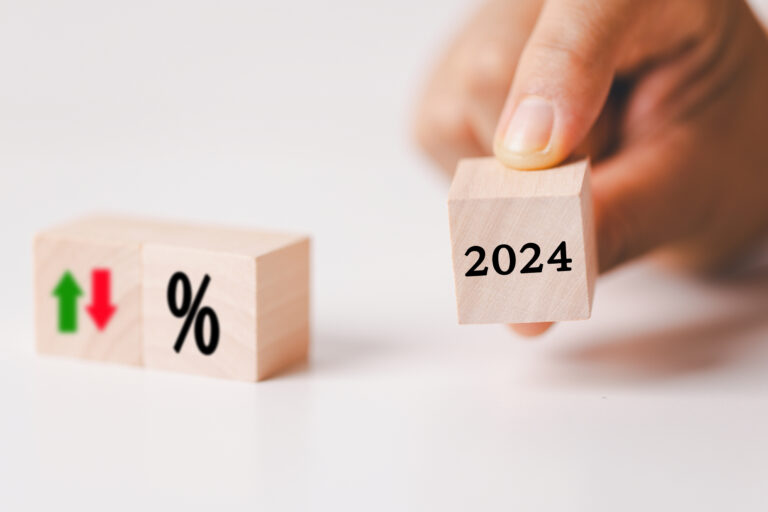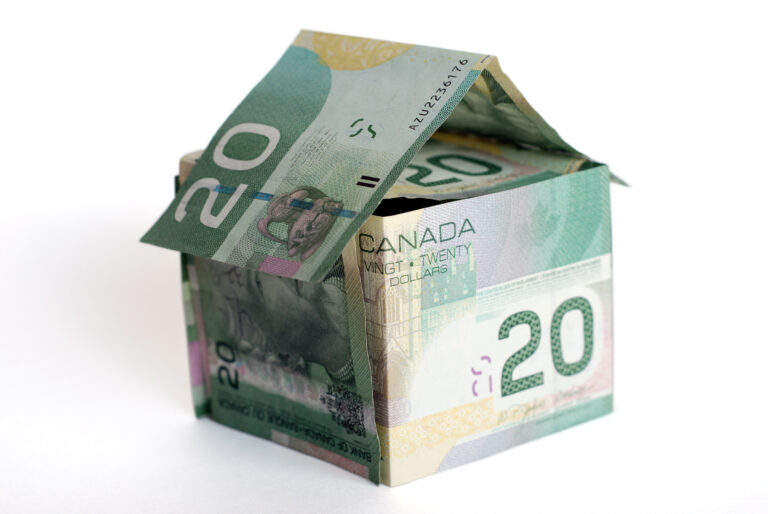
The Housing and Mortgage Market Review: Q2 2024
Mortgage Professionals Canada is delighted to announce our new collaboration with Oxford Economics in delivering our revamped Housing and Mortgage Market Review This essential resource is designed to help you stay on top of the latest economic trends


